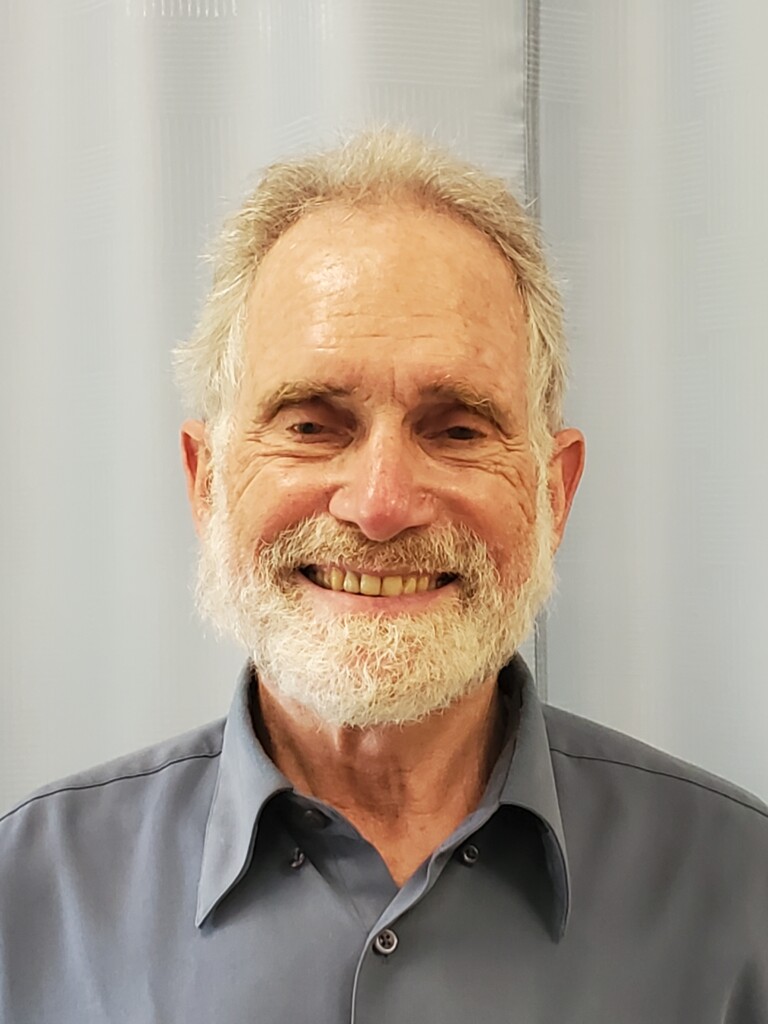Page 845 • (11,273 results in 0.022 seconds)
-
Photo by Claire Todd Dear Pierce County, The management of invasive species is a key component when developing restoration sites in an attempt as a means to re-establish the native plant species. From our work in my Environmental 350 course at PLU, we discovered that herbicides are heavily used to diminish the invasive plant population. They are efficient and cost effective. However, the application of herbicides have unintentional environmental risks: they are toxic to applicators and they
-
Vocal DegreesBachelor of Music in PerformanceFor dedicated musicians seeking the highest professional goals and achievement in performance – 80 semester hoursBachelor of Musical ArtsFor those seeking a broad, liberal arts education with an emphasis on music. Non-music cognate required: minor or second major outside of music – 62 semester hoursBachelor of ArtsNon-music cognate required: minor or second major outside of music – 44 semester hoursBachelor of Music EducationFor those seeking to
-

Ornithology Vol. 93, 2021: 203-211. Cody K. Porter and Julie W. Smith. "Diversification in trophic morphology and a mating signal are coupled in the early stages of sympatric divergence in crossbills." Biological Journal of the Linnean Society Vol. 129, 2020: 74-87.
Area of Emphasis/Expertise -
Transfer StudentsTransfer students begin their enrollment at PLU in both fall and spring semesters. They make up approximately 30% of the undergraduate enrollment at the university each year. Academic and Artistic Achievement scholarships are available to all qualified students. Academic scholarships are offered on the strength of the student’s college transcript. Artistic Achievement scholarships are offered on the basis of an in-person or video audition or by submitting a portfolio of their
-
Copyright policies and practices in higher education are shaped by federal legislation, most recently the Digital Millennium Copyright Act (DMCA, 1998), the TEACH Act (2002), and the Higher Education Opportunity Act (HEOA, 2008). These laws seek balance between the rights of copyright holders and the needs of the public, including educators and learners. The DMCA and TEACH acts relate primarily to instructional use of copyrighted materials, whereas the HEOA is relevant in this context primarily
-
Below are common acronyms used in this SoN Faculty Handbook and in SNO meetings. AACN: American Association of Colleges of Nursing AFO: Aggregate Faculty Outcomes CCNE: Commission on Collegiate Nursing Education CAPP: Curriculum, Advising, and Program Planning CIC: Curriculum and Instruction Committee CCNL: Center for Continued Nursing Learning DNP: Doctor of Nursing Practice EC: Executive Committee ELMSN: Entry Level Masters of Science in Nursing EPC: Educational Policy Committee (PLU campus
-

Leyton Jump, MD Clinical Instructor Professional Biography Education MD, Medicine, University of Oregon Health Sciences Center , 1975 BA, Earlham College, 1971 Areas of Emphasis or Expertise Biography About 44 years of general practice. First in Escondido,Calif and then 35 years in Tenino, Washington as a solo provider and then sharing my office with an ARNP. Primary care is a rewarding and exciting experience. Teaching ARNP students is exciting and fulfilling. I love to share my interest and
-

Field Ornithology Vol. 93, 2021: 203-211. Cody K. Porter and Julie W. Smith. "Diversification in trophic morphology and a mating signal are coupled in the early stages of sympatric divergence in crossbills." Biological Journal of the Linnean Society Vol. 12, 2020: 74-87.
Area of Emphasis/Expertise -

Ornithology Vol. 93, 2021: 203-211. Cody K. Porter and Julie W. Smith. "Diversification in trophic morphology and a mating signal are coupled in the early stages of sympatric divergence in crossbills." Biological Journal of the Linnean Society Vol. 12, 2020: 74-87.
Area of Emphasis/Expertise -
Questions to ponder Participants will consider a variety of questions: What are the different yet complementary dimensions of faith? What is the difference between education and formation? What are the purposes of faith formation in a dynamic model of congregational life? Why is it helpful to distinguish between initial and ongoing formation? How do adults learn? How do various media (e.g., digital, liturgical, musical, print) form faith? What formation practices are essential? How does one
Do you have any feedback for us? If so, feel free to use our Feedback Form.


